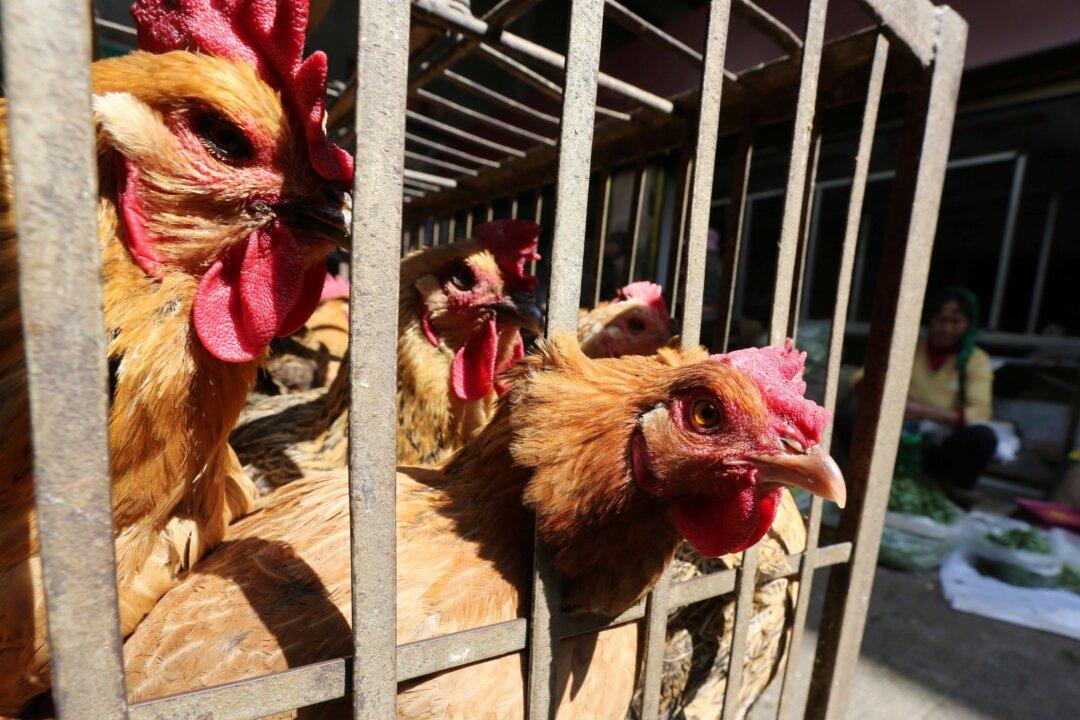Over 200 birds at the Baker’s Lake Forest preserve in Illinois are suspected to have died from an outbreak of H5 avian flu.
The flu outbreak was confirmed in laboratory tests conducted by the University of Illinois Urbana-Champaign. Further tests were conducted by the federal government, with wildlife biologists at the Forest Preserves of Cook County presenting seven cormorants for testing and necropsy to state pathologists on April 7. Staff members are monitoring Forest Preserve sites for signs of flu but have not yet noticed infections at any of the locations.





